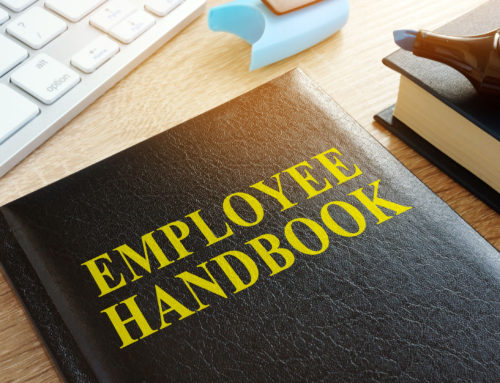While you may have formed professional friendships with your employees, it’s important for leaders to always maintain a degree of reasonable professional distance. Over-familiarity can (and almost always does) lead to ethical quandaries and legal problems. This is especially important after launching a reduction in force initiative.
However, it’s important to remember that you can (and should) reach out to personnel who have been laid off or furloughed in order to make sure that you’re offering the necessary support and resources, or answering any questions they may have. This also demonstrates compassion and accountability on behalf of your organization, which can go a long way in building trust and goodwill amongst your former employees.
However, make sure that when you reach out you don’t “talk shop.” It can be tempting, especially in dynamic and uncertain times. Talking about the business and the decisions the company is making or sharing your personal views on the actions can backfire easily. It either will further upset employees, lead to asymmetric information sharing, and open the company to potential litigation. To do this, you’ll need to collect employee contact information.
There are a few other situations that might require you to reach out to a furloughed or terminated employee.
- You may need access to equipment that you didn’t think of during the notification meeting
- If circumstances change, a position may be available for them
- They may have left something you want to return
During your furlough or termination conversation, make sure you provide your direct contact information, including your office phone number, work cell phone number, and work email address.
Under no circumstances should you provide any employee with your personal contact information. Again, it’s vitally important that you maintain a healthy professional distance, especially during reductions in the workforce.
If you have the resources, it can also be advisable to set up an HR hotline or general information number that they can call into if you are not personally available to answer their call
In order to prepare for the furlough or termination conversation, make sure that you perform a thorough review of their personnel file and make a thorough list of any contact information that you don’t already have in their employee file.
The most important elements are their home phone number, personal cell phone number, home address, and personal email.
Additionally, according to the Harvard Business Review, managers should be prepared for outreach from terminated employees who may want to reach out for a reference. In their advice to recently-terminated employees, HBR notes “Another proactive step is to make sure that you have the collected contact information for managers and colleagues from your current company from whom you plan to request references. If you have a LinkedIn account, send these key connections an invitation to join your network on the site so that you can stay in touch.
It goes without saying that this information should be stored according to any and all applicable privacy laws that govern your state and municipality. It can be all too easy for companies to overlook this necessity in times of turmoil, only to forget as time goes on. When the inevitable data breach occurs, the company can expect significant fines and negative publicity.
When employers have their proverbial ducks in a row, it demonstrates a degree of professionalism and baseline respect that can go a long way in making a difficult situation less painful for your furloughed or terminated employees.







Leave A Comment